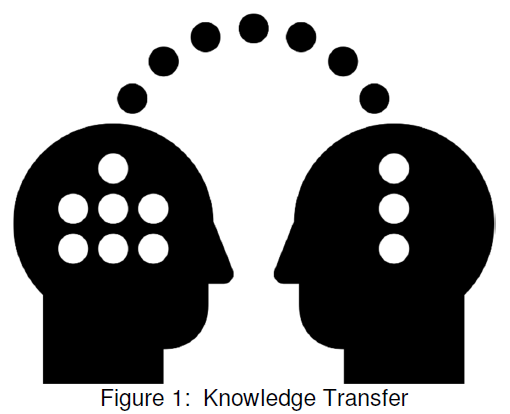Canada’s Oil & Gas Workforce Will Need More Than Talent
New talent will need to be attracted and retained, while knowledge will need to be transferred from the existing and departing talent.
Research by PetroLMI about Canada’s oil & gas workforce that was quoted by JWN states that the industry will be challenged should a significant rebound in hiring occur.[1] This is true – and it will rebound, it always does. Oil & gas isn’t getting phased out anywhere or anytime soon.
With the current long-term downturn since 2014, industry is losing many talented professionals who cannot be replaced. Some of them are moving away or changing careers, so they will not be available for future hiring. Attrition is also increasing as more of the baby boomers reach retirement age. With the loss of these resources, new talent alone simply cannot replace all the experience and knowledge that will be gone with them.
PetroLMI states that the industry will need to refocus on improving the overall work environment and culture to continue to attract and retain the best talent.[1] This is also true. PetroLMI concludes that the industry has made some strides in diversifying its workforce, however, there is an opportunity and a need for further improvement.[1] Diversification will offer more resources, but new talent cannot thrive without adequate knowledge transfer. Something more will need to be done and more quickly due to the increasing rate of attrition.
Related: Effective Supplier Quality Surveillance (SQS).
Knowledge transfer is complex because it resides in organizational members‘ tools and tasks, and is often tacit or hard to articulate.[2] This means that how things get done often relies heavily on tribal knowledge. So, what happens to the knowledge when you lose your tribe? It disappears and then needs to be re-learned. Repeating mistakes is the hardest way to transfer knowledge.
There are two kinds of knowledge transfer: personalization and codification. Personalization refers to the one-to-one and face-to-face transfer of knowledge. A good example is teaching someone how to ride a bicycle. Codification refers to converting knowledge into documents, images, and videos that can be used by anyone.[2] A good example is a work instruction that includes best practices and resources.
An organization can use personalization for knowledge transfer by implementing coaching and mentoring programs. This can be done by accessing existing talent before they are lost, and with professional associations or consultants. On-the-job training is an excellent learning method, the major drawback being that it is passive and often self-directed. Everyone is usually busy working, so that knowledge is not quickly or efficiently transferred using only on-the-job training.
An organization can use codification for knowledge transfer by preparing materials that describe work processes and provide useful information for decision-making and problem solving. This can also be done using existing talent before they are lost and with consultants. Some materials may be used for many years as-is, while others may periodically need to be updated to include new requirements and delete obsolete information.
Organizations should use both methods of knowledge transfer to support their workforce, using as many means as possible, both formally and informally. This applies to all sectors and suppliers including fabricators, manufacturers, distributors, as well as engineering, procurement, construction, and owner-user or resource companies.
Organizations should also add knowledge transfer to their list of must-have skills when recruiting new talent, evaluating the performance of existing talent, and engaging contractors and consultants.
Does your organization need to identify and transfer critical knowledge, for successfully supplying your oil & gas project deliverables? Or, do you have valuable experience and skills that can contribute to successful oil & gas project execution? Ask me how you can benefit from working with the KT project to achieve your goals.
Note
This article was originally published on LinkedIn 5-Jul-18 https://www.linkedin.com/pulse/canadas-oil-gas-workforce-need-more-than-talent-christensen-ret/ and in JWN Energy 10-Jun-19 https://www.jwnenergy.com/article/2019/6/canadas-oil-and-gas-workforce-will-need-more-talent/.
About the Author
Roy O. Christensen is a Welding Engineering Technologist who has over 35 years’ experience with O&G, pipeline, and other projects. He has authored countless instructions, manuals, plans, proposals, reports, specifications, and other documents that continue to drive success for many projects. He is the founder of the KT Project that saves organizations significant money and time, by providing key resources to leverage expert knowledge transfer for successful project execution.
Contact
- Roy O. Christensen
- [email protected]
- +1 403.703.2686
Figures
- Knowledge Transfer, icon from The Noun Project, https://thenounproject.com/
References
- 5 Charts Show a Decade of Change in Canada’s Oil and Gas Workforce, JWN Energy Group a division of Glacier Media Inc. http://www.jwnenergy.com/article/2018/6/5-charts-show-decade-change-canadas-oil-and-gas-workforce/
- Knowledge Transfer, https://en.wikipedia.org/wiki/Knowledge_transfer

